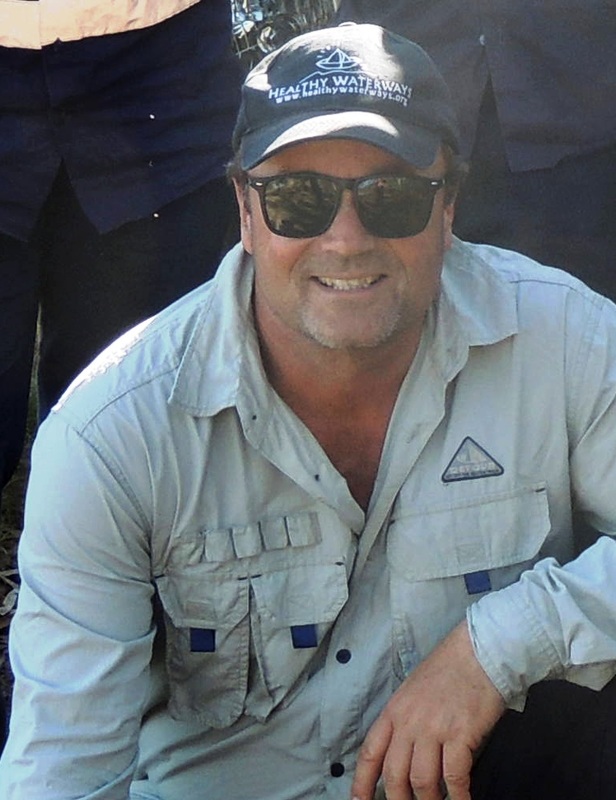The third Green Army team project is well under way with training for weeding (identification and use of chemicals) and the use of small machinery (slashers, post hole diggers) nearing completion. These skills are necessary so team members can carry out the major objective of the project, which is habitat restoration.
There are other objectives for the project as well including the provision of other learning opportunities for team members. One key area for environmental restoration revolves around monitoring local flora and fauna as well as physical parameters including water quality. Recently we conducted a training session on measuring water quality in the Clontarf Eco-Path site. This is the third team to be trained and they can now collect stats on our six water sites, which can be added to almost 18 months’ worth of data on water turbidity (clarity), temperature, salinity and level of acidity.
This information can then be used to get a greater understanding of the impact of the project work, weather and tides and any other activities around the site on the environmental conditions at the sample sites. An example is the impact of tidal flow on salinity and the riparian vegetation and any fauna (e.g. fish and crustaceans). There is a flow valve on the channel adjacent to the rugby union field designed to prevent the incursion of tidal water into the channel system. The monitoring program has revealed that during the king tides the salinity can get very high in the channel which will then impact on the distribution of any associated flora and fauna. For example, we know that the Pacific Blue-eye can tolerate higher levels of salinity than other competitive fish such as the guppy, platy and swordtail so they can still thrive in saline waters where the exotic fish can't survive.
The levels of salinity, water temperature, salinity and turbidity effects the wildlife and vegetation along these channels. At the completion of this project we will have enough data to draw some conclusions on differences between the sites and which factors vary the most. A general perusal of the data tells us that the main variations between the 6 sites are based on salinity and turbidity (water clarity) which impacts on the types of vegetation and fauna we find living in the channels.
So it’s a win-win for the project as we learn about the physical conditions impacting on the aquatic fauna and flora and members of our Green Army team get an appreciation and gain experience in the value of monitoring water quality.
There are other objectives for the project as well including the provision of other learning opportunities for team members. One key area for environmental restoration revolves around monitoring local flora and fauna as well as physical parameters including water quality. Recently we conducted a training session on measuring water quality in the Clontarf Eco-Path site. This is the third team to be trained and they can now collect stats on our six water sites, which can be added to almost 18 months’ worth of data on water turbidity (clarity), temperature, salinity and level of acidity.
This information can then be used to get a greater understanding of the impact of the project work, weather and tides and any other activities around the site on the environmental conditions at the sample sites. An example is the impact of tidal flow on salinity and the riparian vegetation and any fauna (e.g. fish and crustaceans). There is a flow valve on the channel adjacent to the rugby union field designed to prevent the incursion of tidal water into the channel system. The monitoring program has revealed that during the king tides the salinity can get very high in the channel which will then impact on the distribution of any associated flora and fauna. For example, we know that the Pacific Blue-eye can tolerate higher levels of salinity than other competitive fish such as the guppy, platy and swordtail so they can still thrive in saline waters where the exotic fish can't survive.
The levels of salinity, water temperature, salinity and turbidity effects the wildlife and vegetation along these channels. At the completion of this project we will have enough data to draw some conclusions on differences between the sites and which factors vary the most. A general perusal of the data tells us that the main variations between the 6 sites are based on salinity and turbidity (water clarity) which impacts on the types of vegetation and fauna we find living in the channels.
So it’s a win-win for the project as we learn about the physical conditions impacting on the aquatic fauna and flora and members of our Green Army team get an appreciation and gain experience in the value of monitoring water quality.

 RSS Feed
RSS Feed
